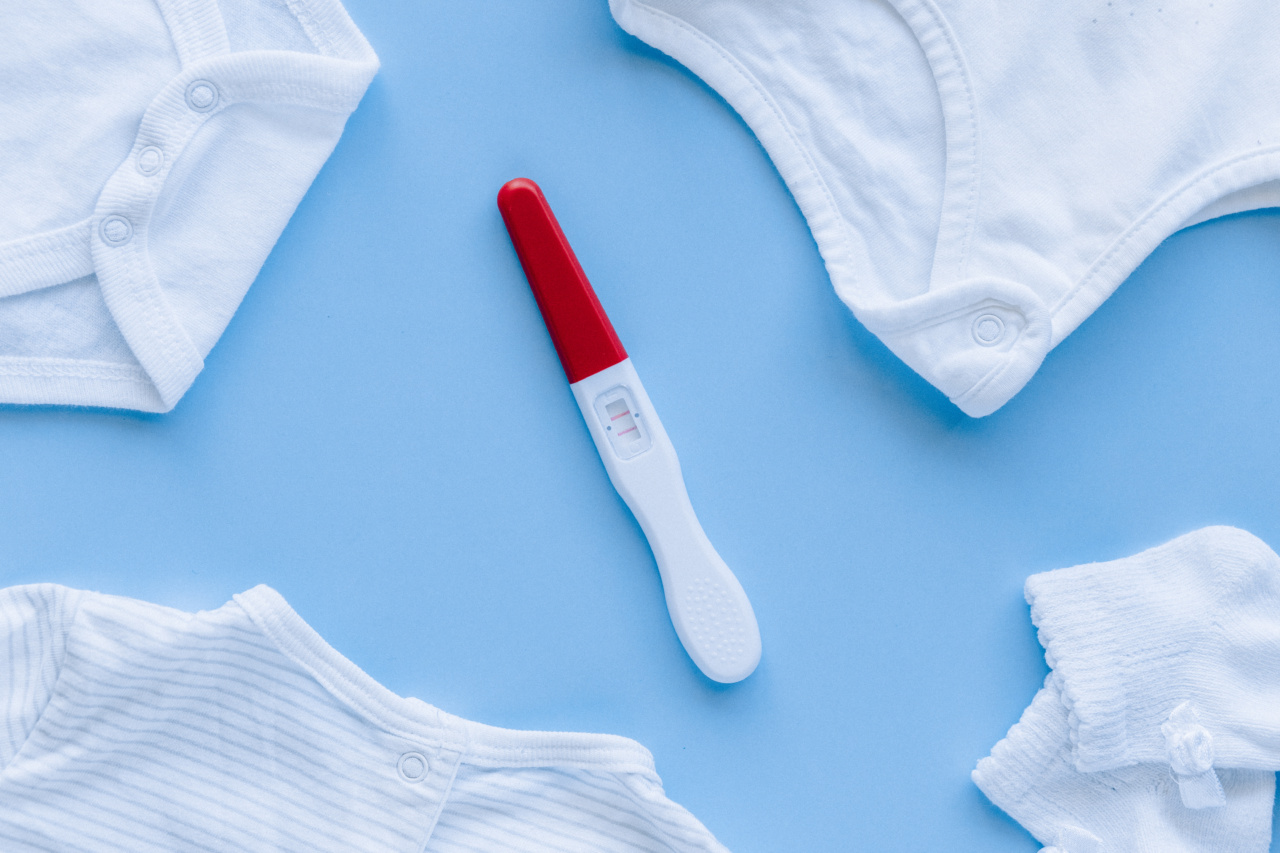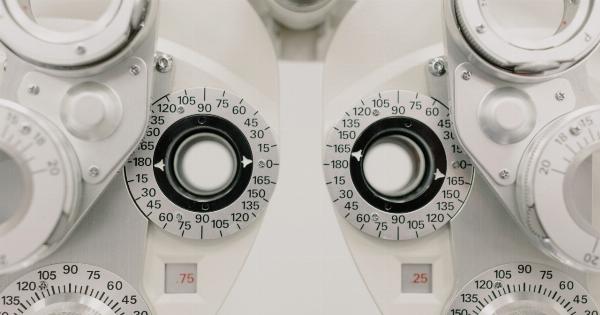A pregnancy test is a common tool used to determine whether a person is pregnant or not. It works by detecting the presence of a hormone called human chorionic gonadotropin (hCG) in the urine or blood of a person.
While these tests are generally reliable, they can sometimes produce false positives or false negatives. In this article, we will explore the various causes of false results in pregnancy tests.
What is a false positive?
A false positive result occurs when a pregnancy test indicates that a person is pregnant when they are not. False positives are relatively rare and can occur due to a variety of factors.
1. Chemical pregnancy
A chemical pregnancy is a very early miscarriage that occurs shortly after implantation. In these cases, hCG is detected in the urine or blood, providing a positive result on a pregnancy test.
However, the pregnancy fails to progress, resulting in a miscarriage before a person even realizes they are pregnant. Chemical pregnancies account for a significant number of false positive results.
2. Evaporation lines
Evaporation lines are lines that sometimes appear on a pregnancy test after the recommended time window. These lines can be mistaken for positive results, leading to false positives.
It is essential to read the results within the specified time frame mentioned in the test instructions to avoid confusion caused by evaporation lines.
3. Medications
Some medications, such as certain fertility drugs, can contain hCG or affect its levels in the body. These medications can lead to false positive results on pregnancy tests.
If you are taking any medications, it is crucial to consult with your healthcare provider about their potential impact on pregnancy test results.
4. Chemical interference
Certain substances can interfere with the chemical reactions that occur in a pregnancy test, leading to false positive results. Substances such as soap, detergents, or even certain types of bacteria or fungi can produce false positives.
It is essential to follow the test instructions carefully and avoid any possible contaminants.
What is a false negative?
A false negative result occurs when a pregnancy test indicates that a person is not pregnant when they are actually expecting. False negatives can be quite frustrating and can be caused by various factors.
1. Testing too early
The timing of the test is critical when it comes to obtaining accurate results. If a test is taken too early, there may not be enough hCG in the body to be detected.
It is recommended to wait until after a missed period to take a pregnancy test for more reliable results. Testing too early significantly increases the risk of obtaining a false negative.
2. Diluted urine
If a person drinks excessive amounts of water or fluids before taking a pregnancy test, the urine can become diluted. This dilution can lead to a false negative result as hCG levels may not be concentrated enough to be detected.
It is best to use the first-morning urine, as it is typically more concentrated and increases the accuracy of the test.
3. Expired test or improper storage
Using an expired pregnancy test or storing it improperly can lead to inaccurate results. Over time, the chemical components in the test can degrade, affecting its sensitivity.
It is crucial to check the expiration date before using a pregnancy test and store it according to the manufacturer’s instructions.
4. Ectopic pregnancy
An ectopic pregnancy is a condition in which a fertilized egg implants outside of the uterus, often in the fallopian tube. In these cases, hCG may be produced, but at lower levels than in a normal pregnancy.
As a result, a pregnancy test may yield a false negative result, even if a person is pregnant. If you suspect an ectopic pregnancy, it is important to seek medical attention immediately.
Conclusion
While pregnancy tests are generally reliable tools for detecting pregnancy, false positives and false negatives can occur.
It is crucial to be aware of the various causes of these false results, such as chemical pregnancies, evaporation lines, medications, chemical interference, testing too early, diluted urine, expired tests, improper storage, and ectopic pregnancies. Understanding these factors can help individuals make more informed decisions and seek appropriate medical advice if necessary.
























